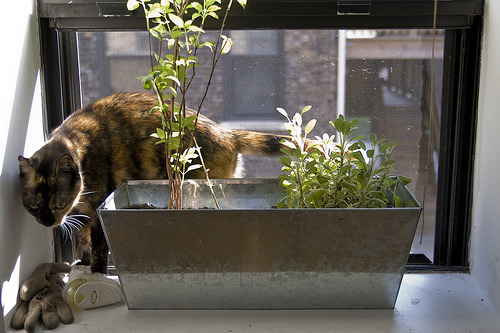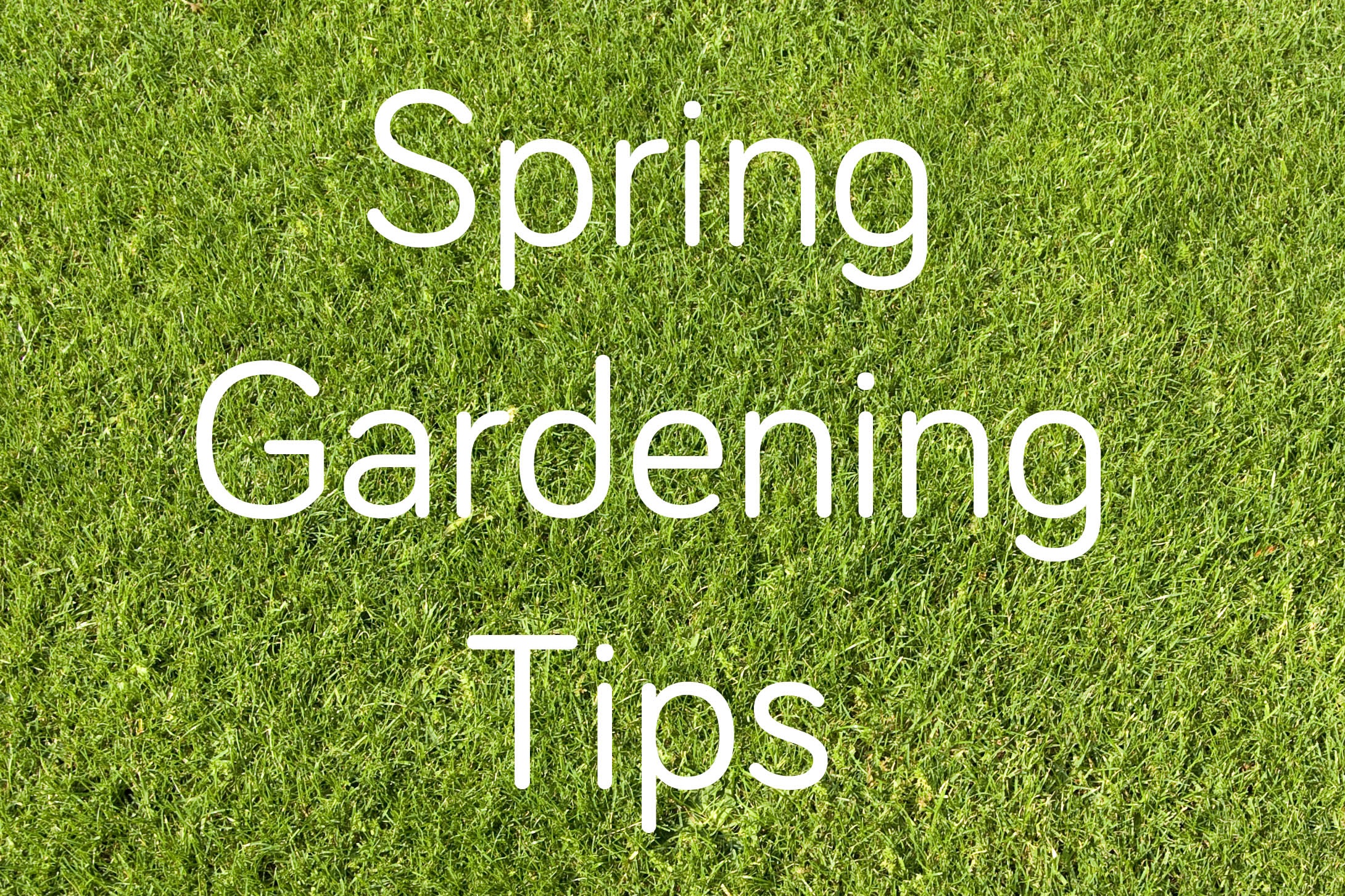If
increasing your own clean vegetables happens to be a interest that you greatly
proper take proper, it is no wonder you are feeling unpleasant in this
comfortable residence you have recently shifted into. You can babe all day
about lack of a lawn to turn your activity into a reality, but thinking outside
the box never affects anyone. How about you try out inside gardening? It is
cool besides increasing clean vegetation within your home makes a natural and
relaxing environment to supplement your house's internal planning. You can also
tweeze in a few clean vegetables in a flicker of an eye to add to your supper
selection. Before you begin doing so, a few tips listed here can confirm
useful.
Growing
a Veggie Tree
To
build a vegetable shrub for growing your vegetation, take two 2 x 12 wood made
panels 6 feet in length for designing the backboard. On these forums, tie up a
half group of tangible strengthening cable. Line the resulting cyndrical tube
with a black polythene movie, and complete it up with the appropriate ground
combination for growing. In the early springtime, you can develop lettuce by
cutting cuts into the polythene and re-planting lettuce new vegetation into the
shrub. Place two tomato new vegetation so that they will hang downwards later
in the year. Also plant two cucumber new vegetation in the middle of the
vegetable shrub so that they will wind up hanging the base. To address the
issue of waterflow and drainage, visit your local nursery to purchase disks or
containers to snare excess the water streaming from your bins and containers.
Space
Limitations
Still,
don't let the fact that you have no garden area to develop your vegetation bog
you down. Yes, nothing is difficult. Tall buildings were the answer to land
shortages. In the same way, increase available area in your home by increasing
clean vegetables up-wards, rather than downwards. In your terrace or terrace,
develop a vegetable grape vine. Place growing bins for protecting vegetation
such as cucumbers or tomato vegetables. This makes the most out of your area.
Don't forget that the more you limit the plants' origins, the more they will
need additional proper care through addition of more nutritional value and the
water.
Container
Gardening
Growing
vegetation within can be done using clay-based containers, holders, bins,
plastic purses, percussion and pails. In short, any package that can imitate
perfect conditions for main development can be used. An advantage of using
package farming for increasing vegetation is that lawn and shrub origins cause
no problem. Tomatoes tend to succeed best in bins, since they are guarded from
destructive swarmed ground. On backyards and balconies, you can develop sweet
peppers, eggplant and cucumbers. Container landscapes located outside the home
can also be shifted into the home to extend the vegetable increasing year. On
average, an 8 x 12 x 3 wood made planter box can produce sufficient clean
vegetables for your needs.
Cultivating
Herbs
Apart
from clean vegetables, you can also develop natural herbs. Besides their
cooking benefits, natural herbs such as bilberry have therapeutic qualities.
Keep in mind that you can keep illnesses such as diabetic issues at bay by
simply including bilberry to your daily supper selection. Some like dandelion,
besides their visual beauty, has more natural vitamins, nutritional value and
try out carotene than most clean vegetables we consume.



